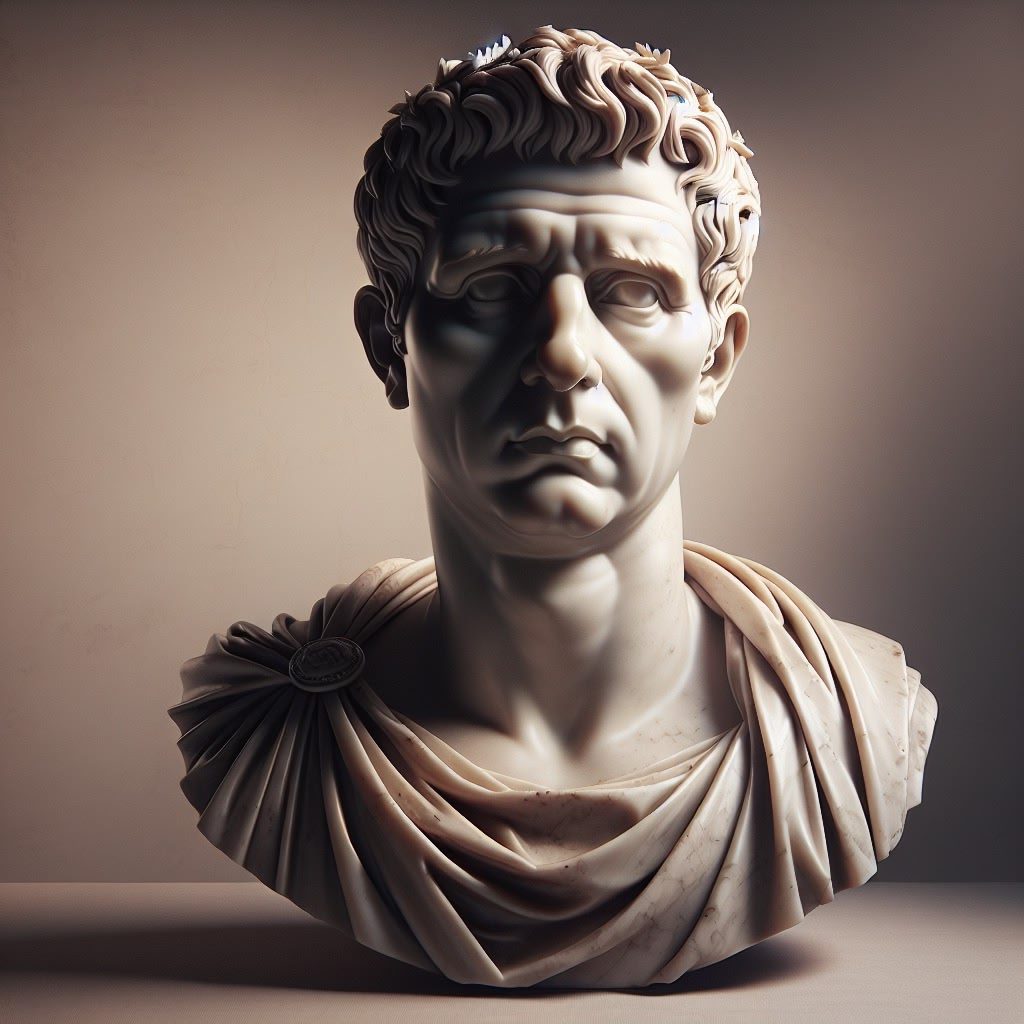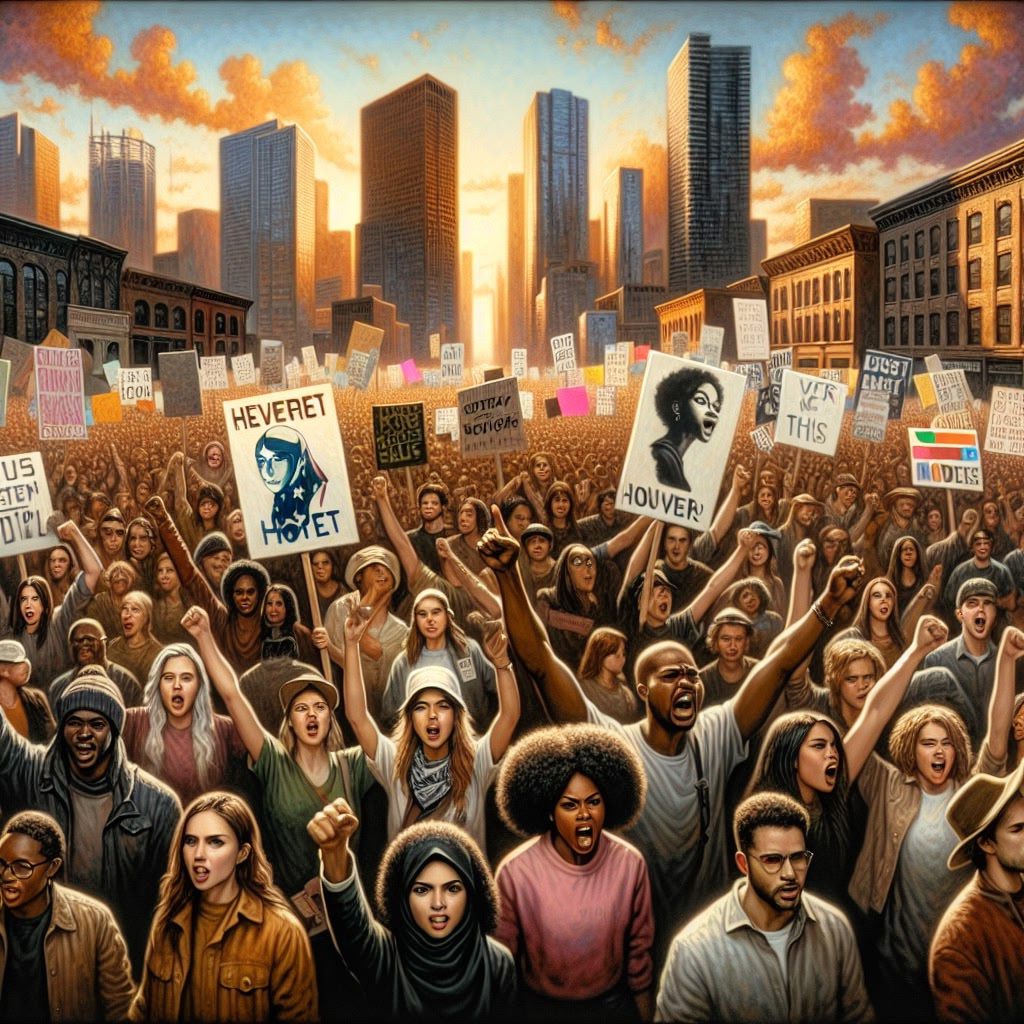The Roman Republic, established in 509 BCE, stands as a pivotal period in ancient history, characterized by remarkable political and military achievements. It laid the foundation for modern republics, influencing governance systems worldwide. The Republic thrived for centuries, setting precedents in law and civic duty that continue to resonate.
Yet, despite its strength, the Republic eventually succumbed to decline. The transition from a republic to an imperial autocracy raises compelling questions. Could this transformation have been averted? What were the underlying factors that led to its fall, and were there opportunities for reform that might have preserved its democratic structure? These questions invite us to reflect on the Republic’s decline and consider whether its fate was sealed or if preventative measures could have changed the course of history.
Factors Leading to Decline
The fall of the Roman Republic was precipitated by several interrelated factors, with political corruption being a significant contributor. As the Republic expanded, the political system struggled to manage the vast territories, leading to increased bribery and manipulation. Notable figures like Lucius Cornelius Sulla capitalized on these weaknesses, setting dangerous precedents by using military power to influence politics.
Economic inequality further exacerbated the Republic’s troubles. The concentration of wealth in the hands of a few elites led to widespread poverty among the plebeians. The Gracchi brothers, Tiberius and Gaius, attempted land reforms to address this disparity, but their efforts met with resistance and ultimately led to their deaths, highlighting the deep-seated economic tensions.
Moreover, social unrest was an inevitable consequence of these issues. The growing discontent among the lower classes fueled a series of violent uprisings, including the infamous Spartacus slave revolt. These conflicts disrupted societal stability and eroded public trust in the Republic’s ability to govern effectively.
Each of these factors contributed to the Republic’s decline, creating a volatile environment ripe for the rise of autocratic leaders.
Inevitability of the Decline
The question of whether the Roman Republic’s fall was inevitable remains a subject of scholarly debate. Some historians argue that the Republic’s decline was unavoidable due to inherent systemic issues. The political framework of Rome, designed for a city-state, struggled under the weight of an expanding empire. This structural inadequacy led to power imbalances and corruption, making the Republic vulnerable to internal decay.
Moreover, the concentration of wealth and power among a limited elite created economic and social rifts that destabilized the political landscape. These deep-rooted inequalities fostered discontent and unrest, undermining the Republic’s foundations.
Conversely, some scholars contend that reformative measures could have altered this trajectory. They suggest that strengthening institutions and implementing checks on power might have curbed the ambitions of figures like Julius Caesar.
However, the entrenched nature of these systemic problems raises the question of whether any reforms could have sufficiently addressed the Republic’s complex challenges. While historical hindsight allows for speculation, the interplay of these factors suggests a nuanced inevitability in the Republic’s decline.

Potential Reforms and Solutions
The decline of the Roman Republic raises questions about whether proactive reforms could have altered its fate. One potential avenue for change lies in the strengthening of institutions. The concentration of power in the hands of a few individuals weakened the Republic’s political structure. By reinforcing institutions such as the Senate and enacting checks and balances, the Republic might have mitigated the influence of dominant figures like Julius Caesar.
Historically, similar reforms have proven effective in other contexts. For instance, the establishment of strong institutional frameworks in post-revolutionary France helped stabilize the nation and prevent the rise of autocratic rule.
Political reforms also present a viable solution. Implementing measures to curb corruption and promote transparency could have addressed some of the Republic’s underlying issues. Ancient Rome could have benefited from land reforms and more equitable wealth distribution, reducing social tensions.
Modern examples, such as the progressive era reforms in the United States, showcase how political changes can enhance governance and reduce corruption. By learning from these historical precedents, the Roman Republic might have navigated its challenges more effectively, altering its historical trajectory.
Role of Influential Figures

In examining the decline of the Roman Republic, the role of influential figures cannot be overlooked. Julius Caesar stands out as a pivotal character whose actions significantly impacted the Republic’s trajectory. His ascent to power highlighted the vulnerabilities within the Roman political system. By leveraging his military successes and populist appeal, Caesar amassed unprecedented authority, ultimately leading to the erosion of republican ideals and the rise of imperial rule.
Beyond Caesar, other key figures also played crucial roles in the Republic’s decline. Pompey the Great, once an ally of Caesar, became a rival whose strategic miscalculations and ambitions for power contributed to civil conflict. Similarly, figures like Crassus and Cicero influenced political dynamics with their wealth and oratory skills, respectively. Each shaped the political landscape, further destabilizing an already fragile system.
The actions of these individuals underscore the importance of institutional checks and balances. Their stories serve as a cautionary tale for modern republics, emphasizing the need to prevent the consolidation of power in the hands of a few and to ensure that governance structures are resilient against such influences.
Lessons for Modern Republics
The decline of the Roman Republic offers enduring lessons for modern republics, particularly in addressing corruption and managing inequality. Corruption eroded trust and efficacy within Rome’s institutions, a scenario echoed in contemporary settings where unchecked power often leads to governance failures. Modern republics must prioritize transparency and accountability to curtail corruption, as evidenced by measures such as anti-corruption commissions in countries like Singapore, which have successfully bolstered governmental integrity.

Similarly, economic inequality played a significant role in Rome’s social unrest, contributing to its eventual downfall. Today, widening wealth gaps pose challenges to social cohesion and stability. Countries like Denmark, with progressive taxation and robust social welfare systems, provide valuable examples of how to manage inequality effectively. By ensuring equitable wealth distribution, modern republics can mitigate social tensions and foster a more inclusive society.
Ultimately, the Roman Republic’s experience underscores the necessity of addressing these systemic issues proactively. By learning from history, contemporary republics can navigate similar challenges, ensuring that their institutions remain resilient and capable of adapting to changing societal needs.
Comparing Institutions
Examining the institutions of the Roman Republic alongside those of modern republics offers valuable insights into their respective effectiveness in addressing governance challenges. The table below highlights key differences and similarities:
| Aspect | Roman Republic | Modern Republics |
|---|---|---|
| Structure | Senate with limited checks and balances | Separation of powers with checks and balances |
| Corruption Control | Pervasive, with limited mechanisms for accountability | Regulatory bodies and anti-corruption agencies |
| Social Equity | Wealth concentrated among elite classes | Progressive policies aimed at reducing inequality |
While the Roman Republic’s institutions were pioneering for their time, they suffered from insufficient mechanisms to prevent the concentration of power and address systemic corruption. Modern republics, by contrast, are generally more equipped to handle these issues through a structured approach, including the implementation of checks and balances. The effectiveness of contemporary institutions in promoting transparency and equity demonstrates an evolution in governance that seeks to learn from past failures. By studying these institutional developments, modern republics can better anticipate and mitigate challenges that threaten their stability.
Political Violence and Its Impact
The Roman Republic’s decline was marked by several instances of political violence that significantly destabilized its governance. One notable event was the assassination of the reformist tribune Tiberius Gracchus in 133 BCE. His murder by members of the Roman Senate set a dangerous precedent for resolving political disagreements through violence rather than dialogue.
Another significant event was the social unrest during the time of the Sulla-Cinna conflict in the early 1st century BCE. This period was characterized by civil wars and purges that further eroded political stability. Sulla’s eventual dictatorship exemplified how violence was used to consolidate power, undermining the Republican principles of shared governance.
The impact of such violence was profound. It not only weakened the political institutions of the Republic but also fostered a culture of fear and mistrust among its citizens. This environment paved the way for figures like Julius Caesar to emerge, as the populace increasingly sought strong leadership to restore order. Consequently, these events highlight how political violence can accelerate the decline of a republic by destabilizing its foundational structures and principles.
Economic Inequality

The Roman Republic faced significant challenges related to wealth distribution, which contributed to its decline. By the late Republic, economic disparities had become stark. A small elite controlled vast estates, while a growing number of citizens lived in poverty. According to historical estimates, by the 1st century BCE, around 2% of the population owned most of the land, exacerbating the gap between the rich and the poor.
This concentration of wealth led to several societal issues. The disenfranchised lower classes, including many landless former soldiers, became increasingly reliant on state-sponsored grain distributions, which were insufficient to address their needs. This economic disparity fueled resentment and unrest, as the masses felt excluded from the Republic’s prosperity.
The societal impact was profound. Economic inequality undermined social cohesion, leading to increased tension and violence. It created fertile ground for populist leaders who promised reforms to gain support, often at the expense of traditional Republican values. Consequently, the failure to address wealth distribution issues weakened the Republic’s stability, demonstrating the critical importance of economic balance in maintaining a healthy society.
Social Unrest
The Roman Republic experienced significant social unrest due to a variety of interconnected causes. Economic inequality was a primary driver, as the wealth gap between the elite and the common citizens widened. This disparity left a large portion of the population in poverty, fostering discontent. Additionally, the influx of slaves and freedmen altered the social fabric, leading to competition for jobs and resources, further exacerbating tensions.

Political corruption also fueled unrest. The manipulation of the political system by powerful individuals undermined public trust, leading to a loss of faith in governmental institutions. The Gracchi brothers’ attempts to implement land reforms, aimed at addressing these inequities, resulted in political turmoil and violence, illustrating the deep-seated issues within Roman society.
The consequences of this unrest were profound. The Republic became increasingly unstable, with frequent riots and uprisings challenging its authority. This instability paved the way for figures like Julius Caesar to capitalize on the chaos, ultimately undermining the Republic’s foundations. Social unrest thus played a crucial role in the Republic’s decline, highlighting the importance of addressing societal grievances to maintain political stability.
Key Takeaway: Balance of Power
In examining the decline of the Roman Republic, the importance of balanced power emerges as a critical lesson. A well-distributed power structure is essential for sustaining a stable and functional government. The concentration of power in the hands of a few, as seen in Rome, led to a series of power struggles and ultimately the collapse of the Republic.
“The unchecked ambition of individuals like Julius Caesar highlighted the dangers of power imbalances.”
Rome’s political system initially aimed to balance power through checks and balances, yet over time, this equilibrium eroded. The concentration of authority in the hands of influential figures like Caesar disrupted this balance, illustrating the perils of an imbalanced system. Such concentration allowed for the manipulation of political processes, leading to instability.
Modern republics can learn from Rome’s experience by ensuring that power is not centralized. Implementing robust institutional frameworks can mitigate the risk of similar downfalls. A balanced distribution of power not only prevents the rise of despotic rule but also fosters a healthy democratic environment. This historical reflection underscores the enduring relevance of maintaining equilibrium within governance structures.
Conclusion
The fall of the Roman Republic serves as a compelling case study in the dynamics of political power. We explored how political corruption, economic inequality, and social unrest contributed to its decline, while influential figures like Julius Caesar accelerated its downfall. The systemic issues within Rome’s institutions made its collapse seem inevitable.
Reflecting on these historical lessons, modern republics can draw valuable insights. Strengthening institutions and maintaining a balance of power are vital to prevent the concentration of authority that leads to instability. Addressing corruption and inequality proactively can mitigate societal tensions and preserve democratic integrity.
By learning from Rome, contemporary governments have the opportunity to build resilient systems that withstand the test of time, ensuring stability and prosperity for future generations.
Frequently Asked Questions
Is political violence a significant factor in the decline of republics? Yes, political violence often exacerbates instability. In Rome’s case, it undermined the rule of law and contributed to the Republic’s eventual collapse, highlighting the need for peaceful conflict resolution mechanisms.
Was the fall of the Roman Republic inevitable? While the decline seemed inevitable due to entrenched systemic issues like political corruption and social unrest, some historians argue that timely reforms could have altered its course. Stronger institutions and political changes might have mitigated these challenges.
Could stronger institutions have prevented figures like Julius Caesar from gaining power? Potentially, yes. If the Roman Republic had implemented checks and balances to disperse power more effectively, key figures may have found it harder to amass control, thus preserving the Republic’s stability.
What lessons can modern republics learn from Rome’s experience? Modern republics can learn the importance of addressing corruption and inequality proactively. Establishing robust institutions and ensuring equitable wealth distribution are crucial to maintaining political stability and preventing unrest.

